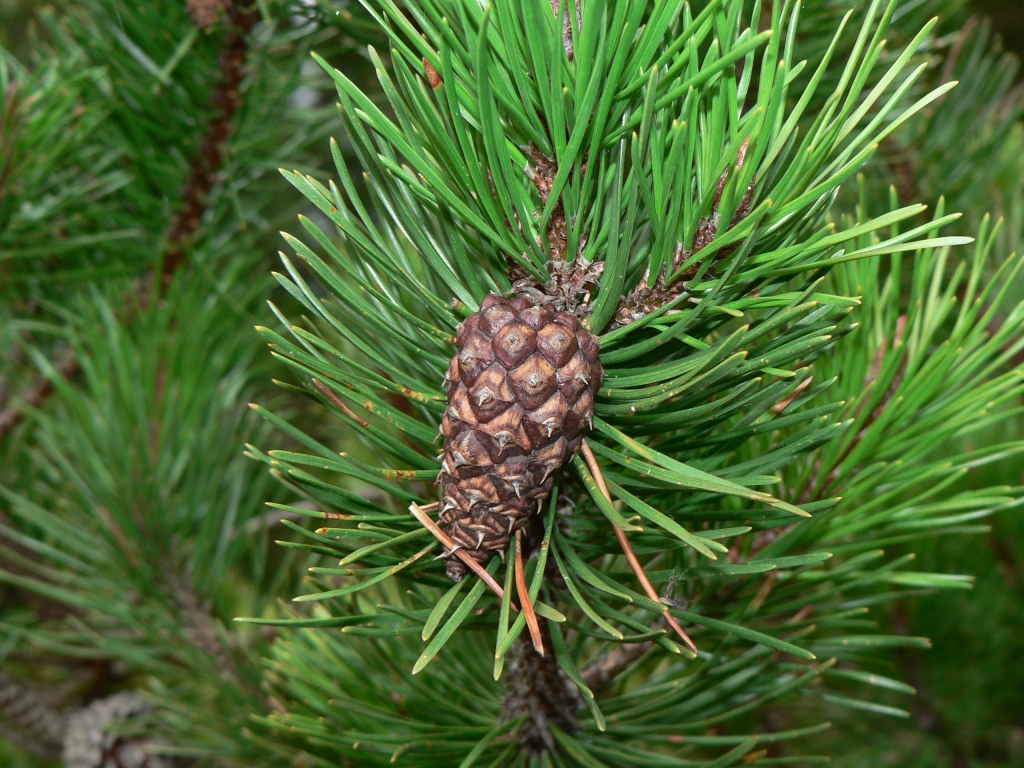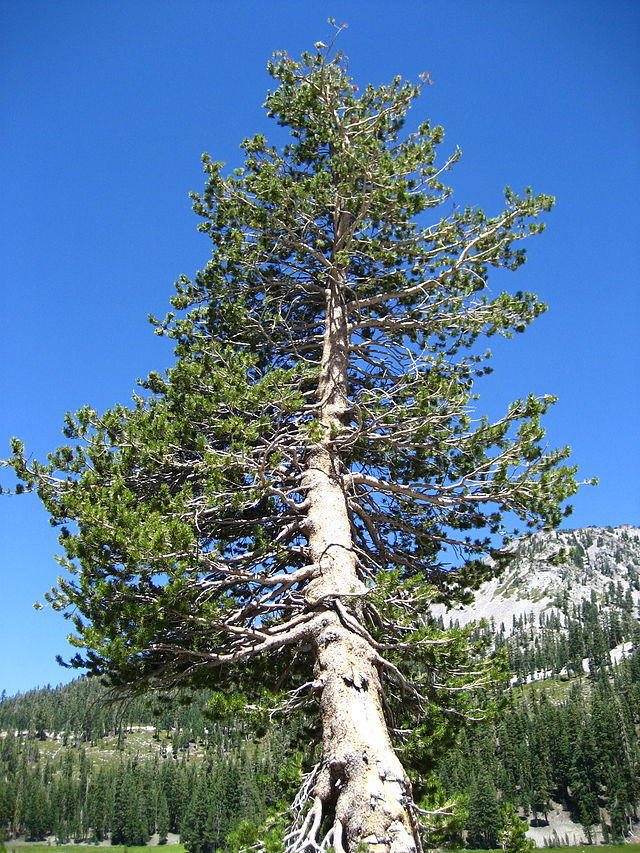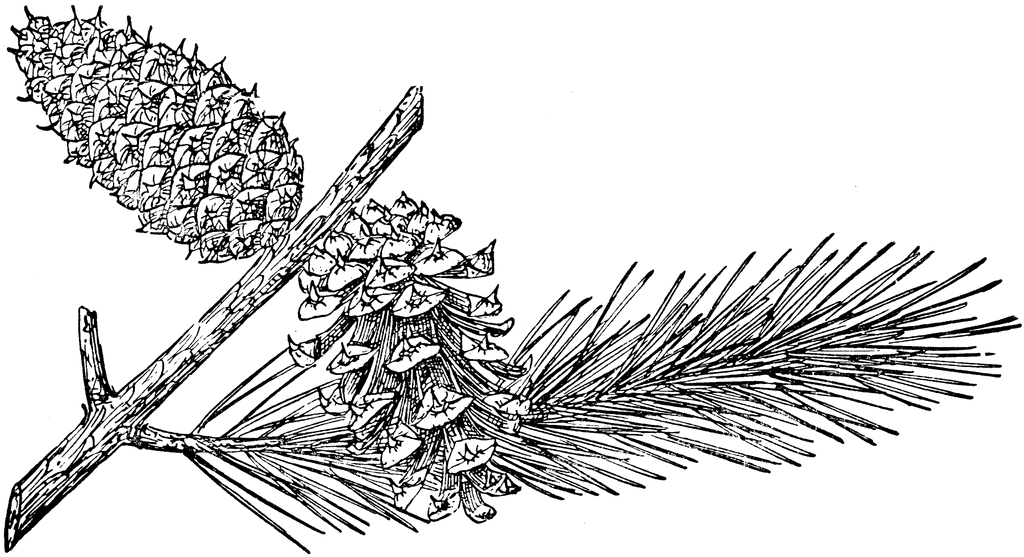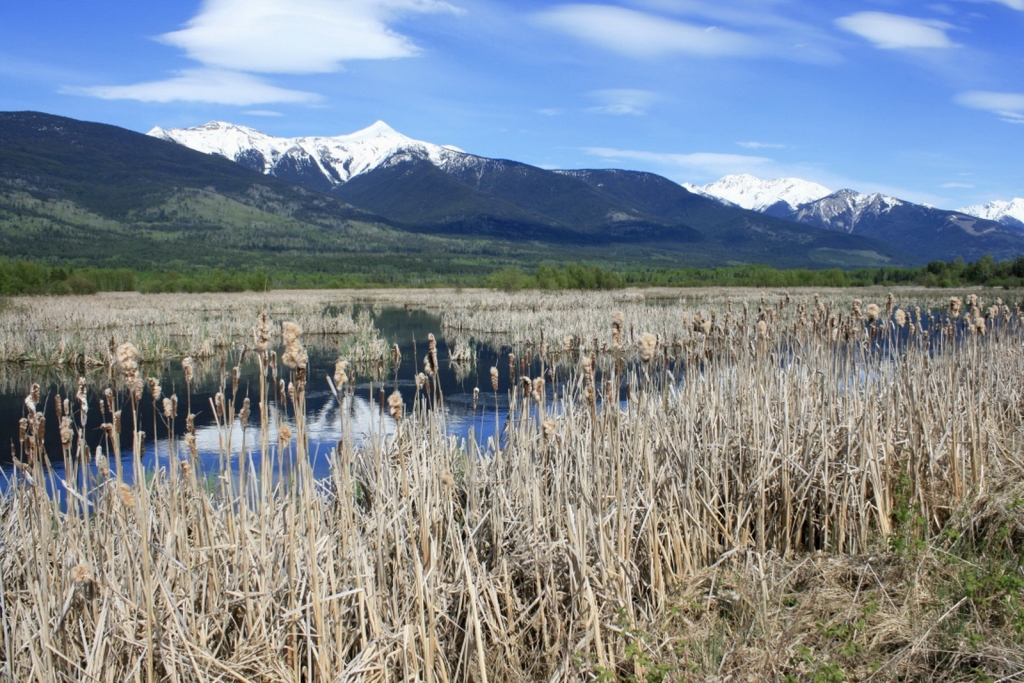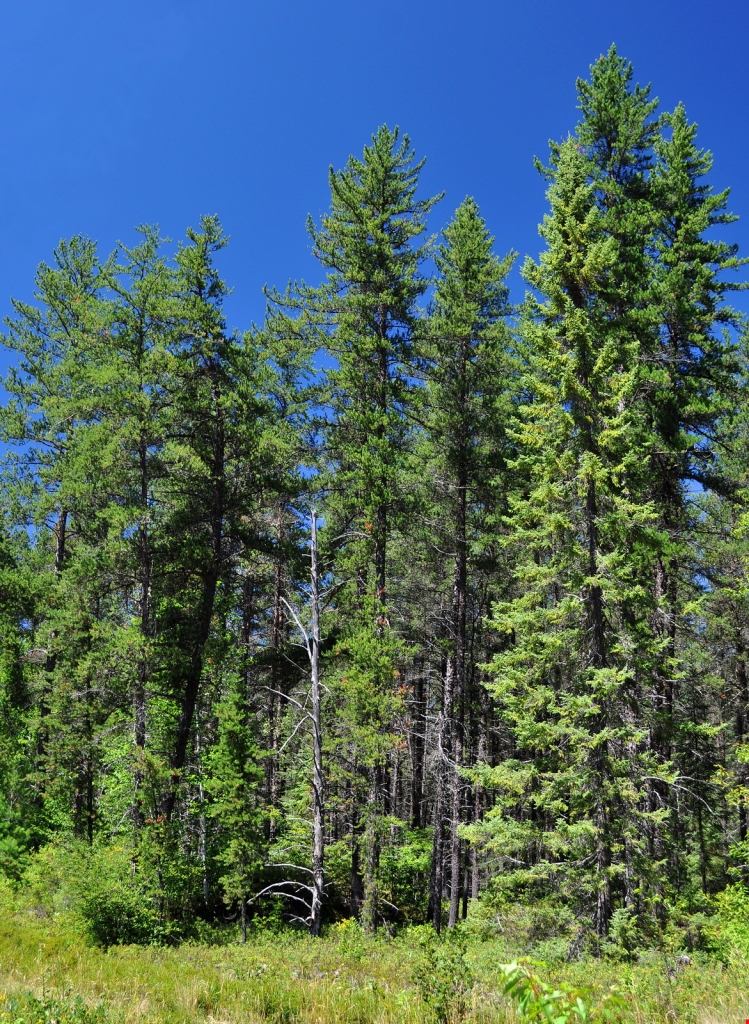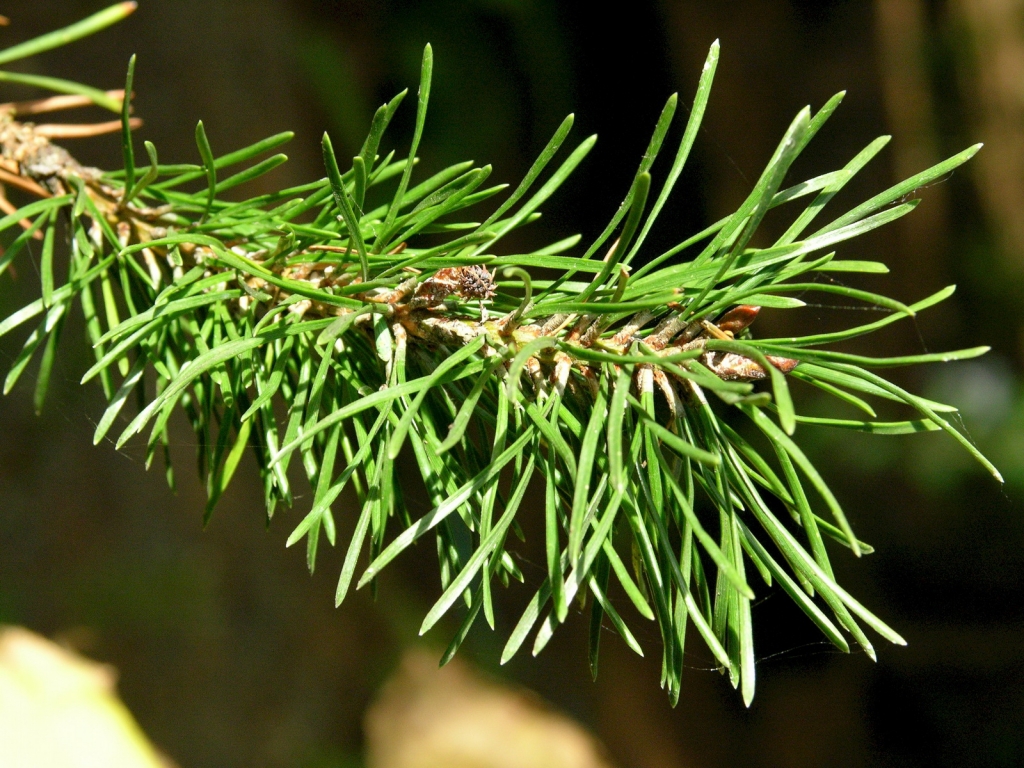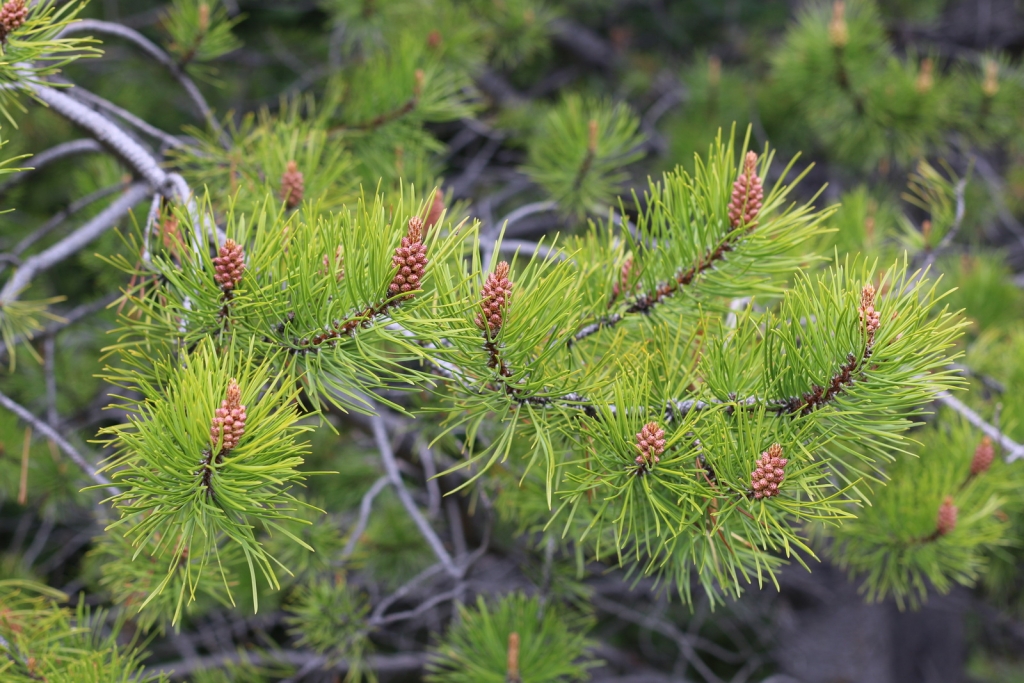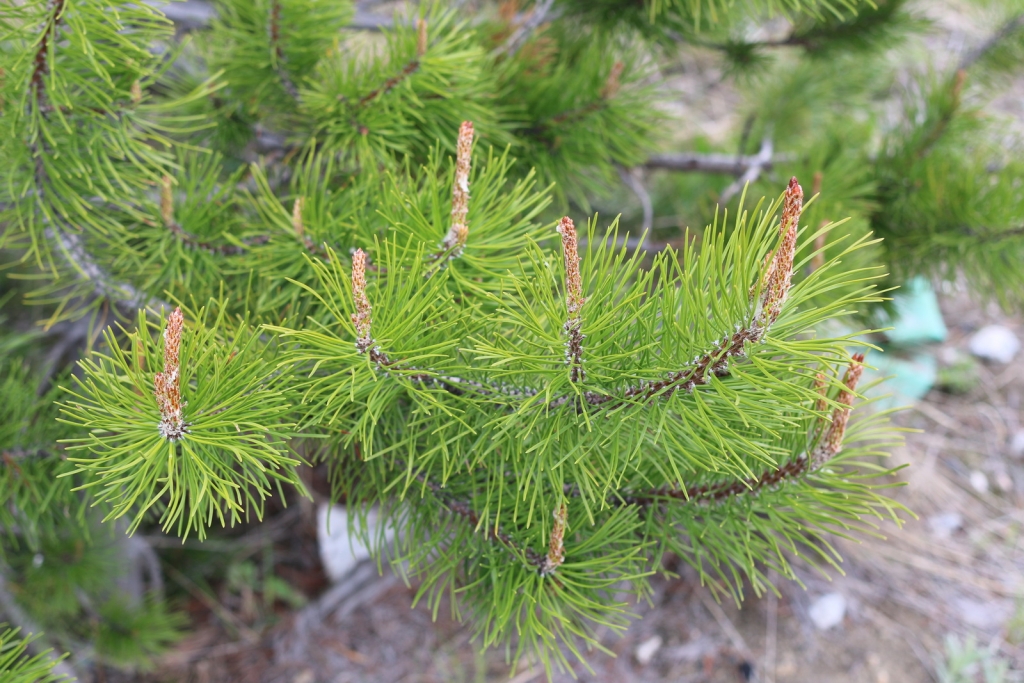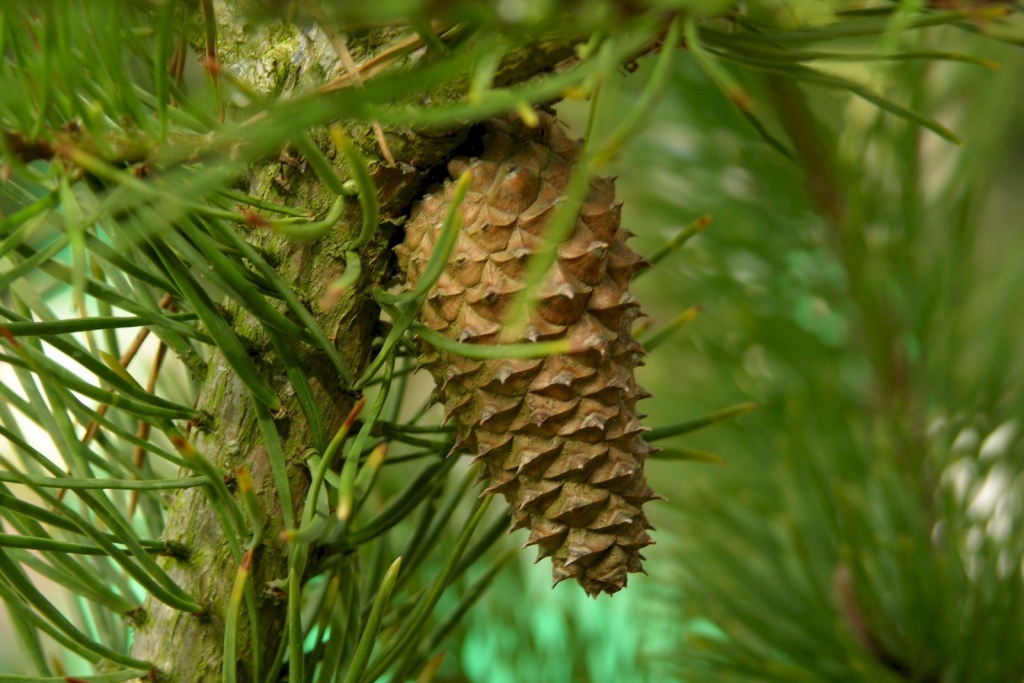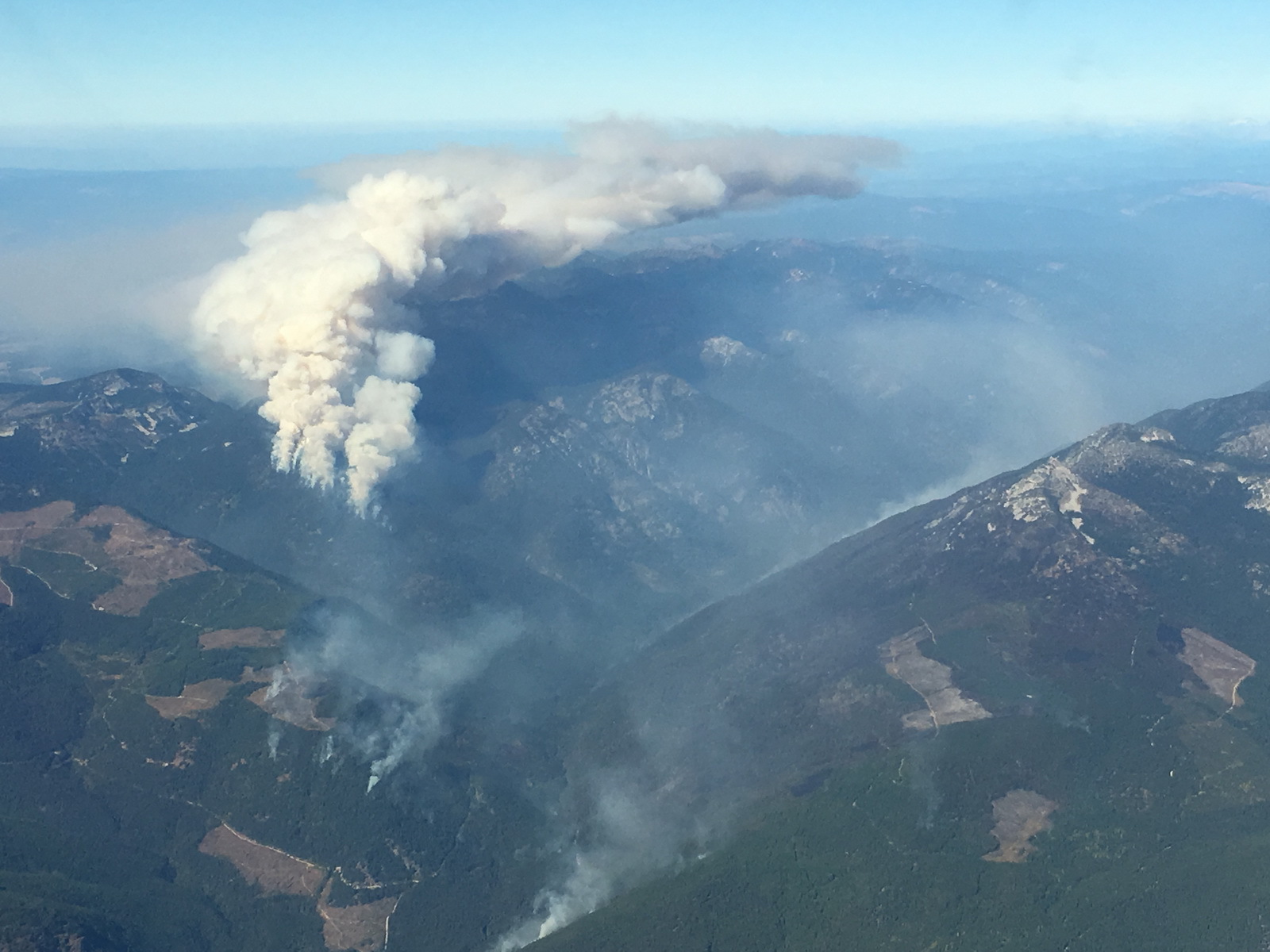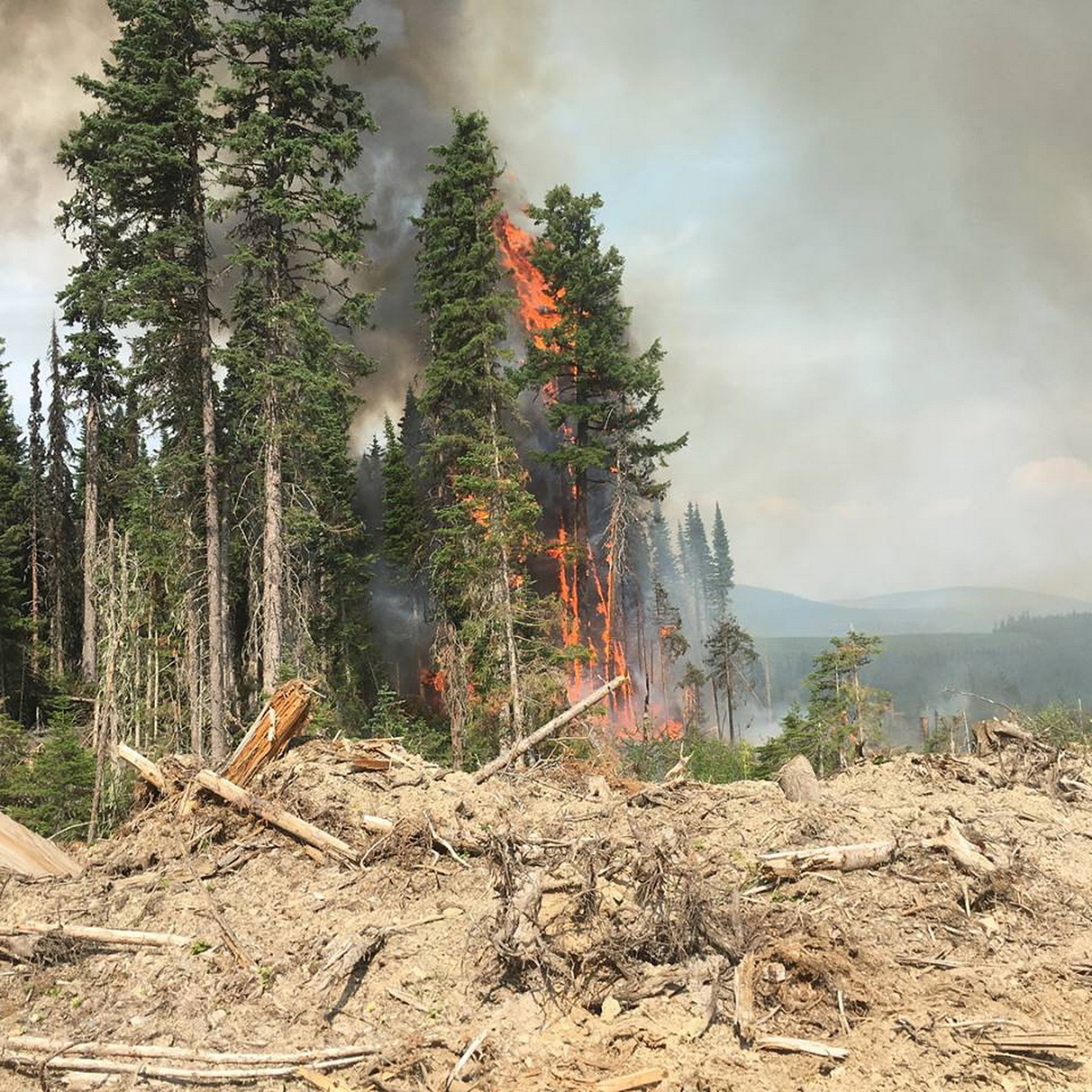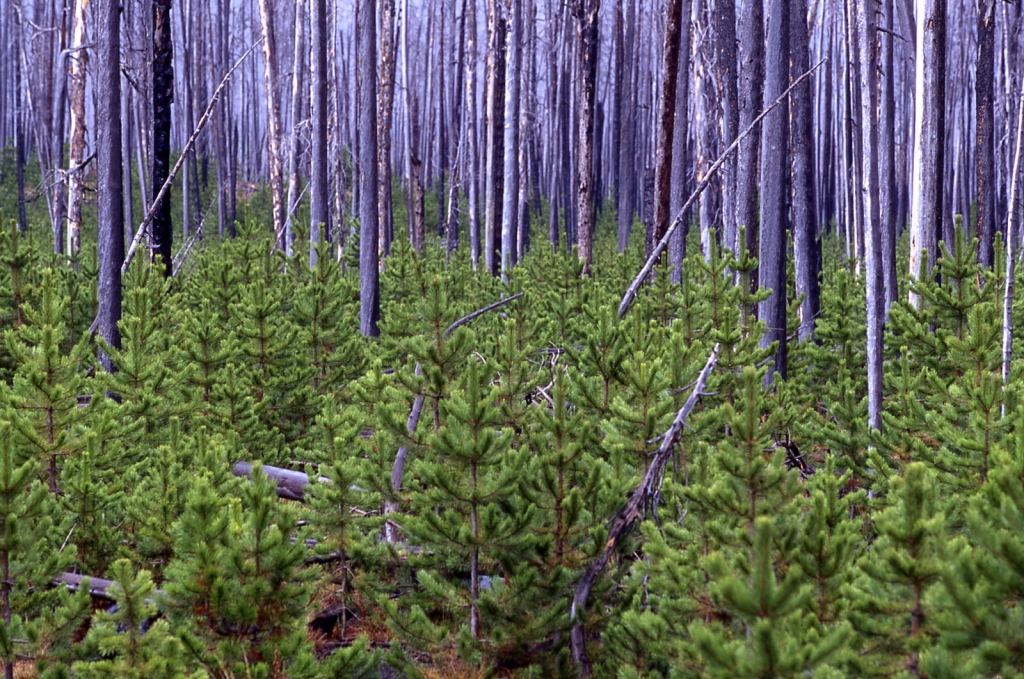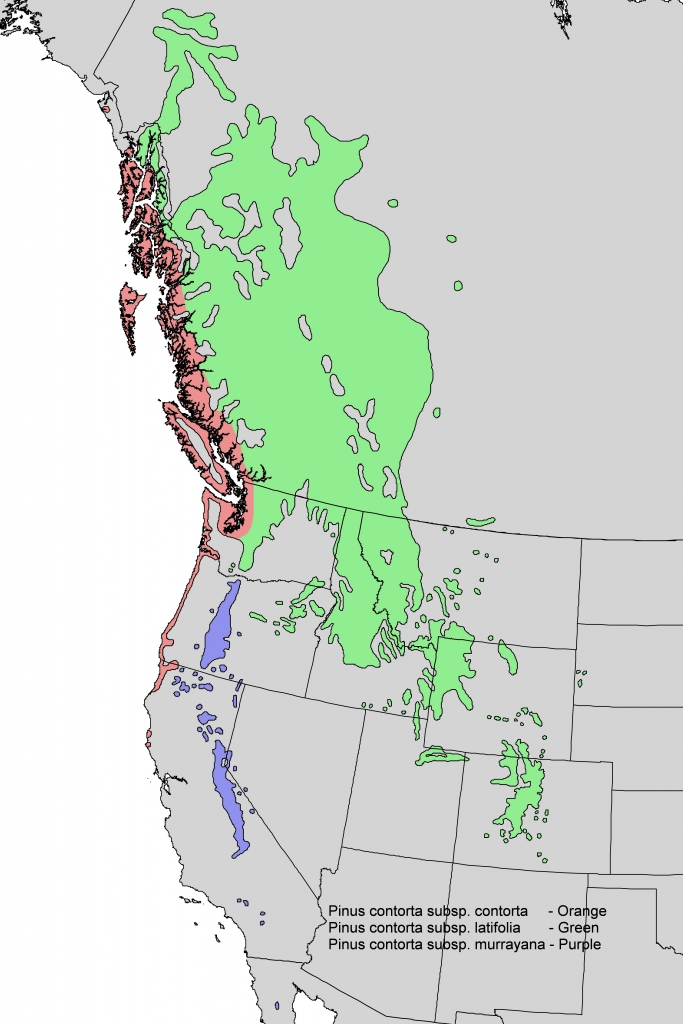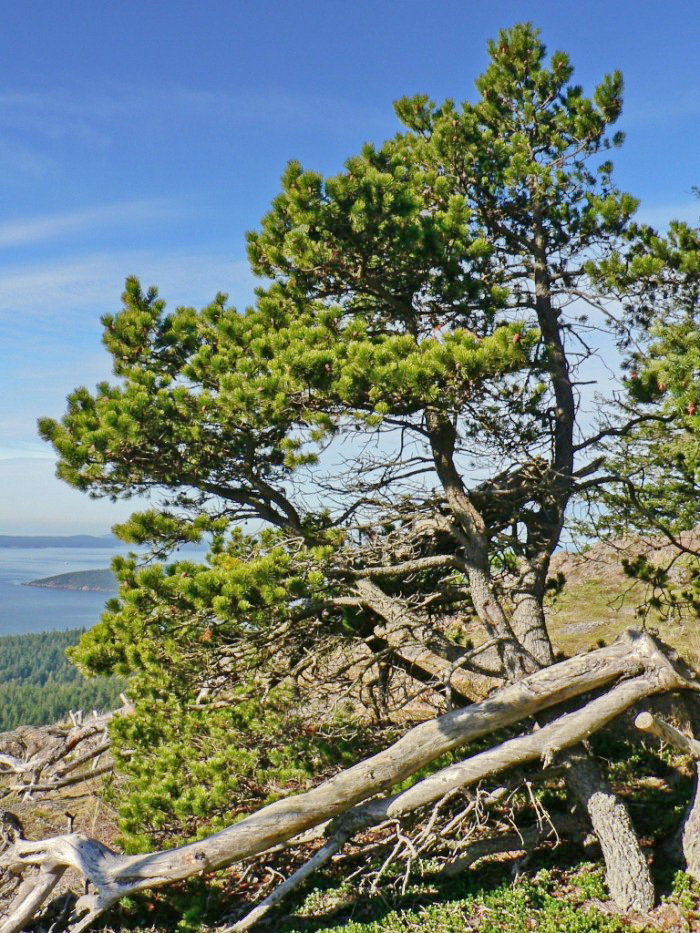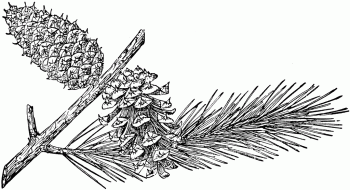
Pinus contorta, as described in 1838 by David Douglas (1798-1834) ex John Claudius Loudon (1783-1843), in Arboretum et Fruticetum Britannicum, vol. 4:2292, is commonly known as lodgepole pine; beach, western scrub, north coast scrub, sand, shore or knotty pine. The scientific name refers to the scrubby, twisted trees commonly seen along the U.S. Pacific coast.
There are three commonly accepted subspecies:
Although many researchers have given these varietal status, the overwhelming consensus it that the substantial genetic and adaptational differences between them warrant subspecific classification. P. contorta subsp. latifolia will hybridize with the closely related Jack pine - Pinus banksiana.
Description. Depending on subspecies, Pinus contorta grows as an evergreen shrub or tree. Subspecies contorta is a shrub form (krummholz) and grows to mature heights of approximately 3.5 to 10 feet (1 to 3 m) in height. Subspecies latifolia ia a thin and narrow-crowned tree growing to 130 to 160 feet (40 to 50 m) tall with a trunk measuring up to 6.5 feet (2 m) in diameter, measured at breast height. Subspecies murrayana is the tallest growing subspecies, with a rounded crown and flattened tree top. In dense forests, the tree grows with a slim, conical crown. The formation of twin trees is common in some populations in British Columbia, Canada. The elastic branches stand upright or overhang and are difficult to break. The branches are covered with short shoots that are easy to remove.
Pinus contorta can be distinguished from its near relative P. banksiana by its seed cones, which are curved forward on branches, unarmed or with small reflexed apiculi. In P. banksiana the seed cones are spreading to recurved on branches, mostly armed with prickles
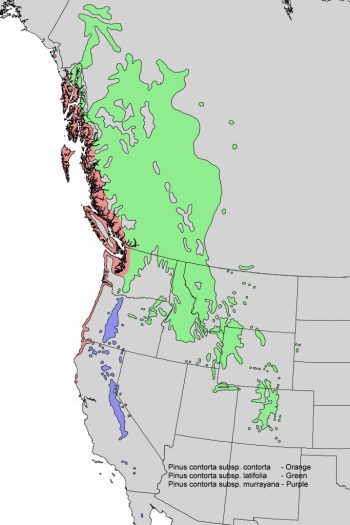
Distribution. This species is native to the Western United States and Canada, and in Mexico, Baja California. It consequently has a wide ecological amplitude and grows from near sea level to 10,000 feet (3,350 m), or perhaps higher and from the relatively mild but cool and rainy Pacific coast to the cold and continental interior of the northern Rocky Mountains. Precipitation consequently ranges from only 10 inches (250 mm) at low elevations in the interior to 200 inches (5,000 mm) along the northern coast. In the interior, lodgepole pine forms pioneer stands of great density after forest fires and can form monotypic stands of great extent, especially on infertile soils. In other sites, it is associated with many western conifers, most commonly in the north with white spruce (Picea glauca) and mixed with Betula papyrifera or Populus tremula; at higher altitudes with mountain hemlock (Tsuga mertensiana), Engelmann spruce (Picea engelmannii) and subalpine fir (Abies lasiocarpa). Further south, the species diversity increases and in California it is a component of the mixed conifer forest as well as subalpine conifer woodland and meadows with numerous conifer species. Here soils are more nutrient rich and fires are less frequent, so Pinus contorta does not attain dominance.
Hardy to USDA Zone 7 - cold hardiness limit between 0° and 10°F (-17.7° and -12.2°C).
